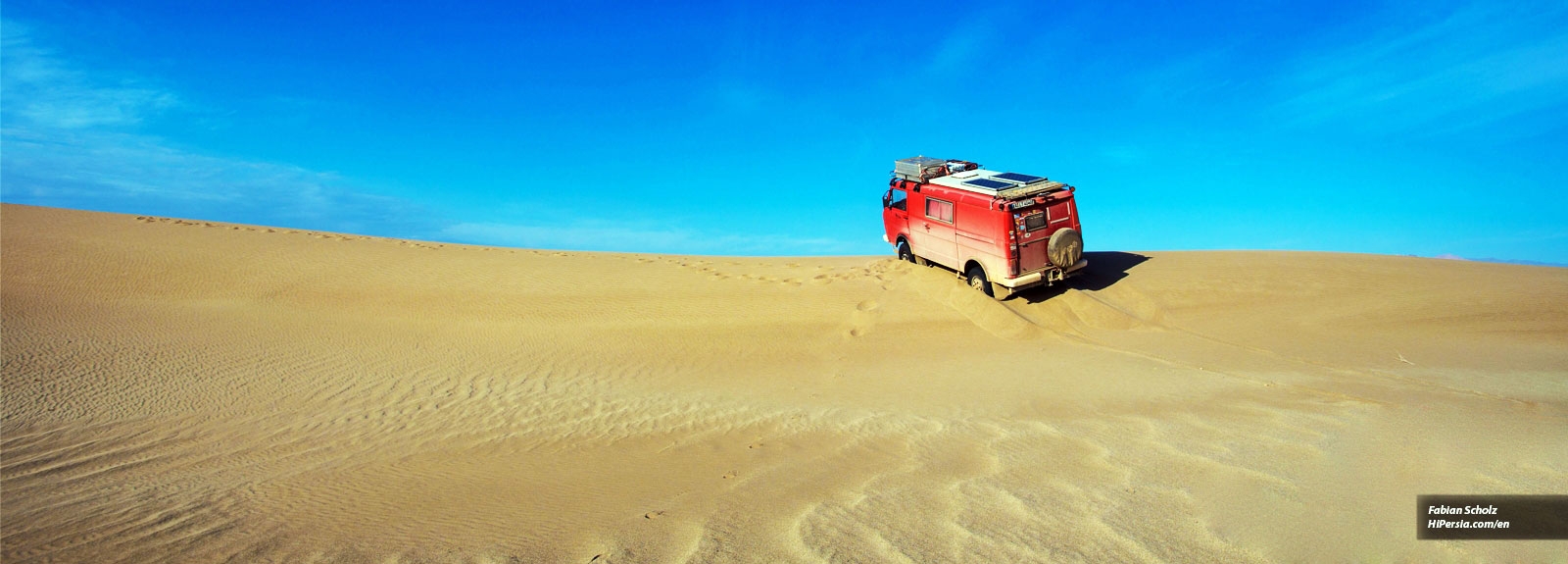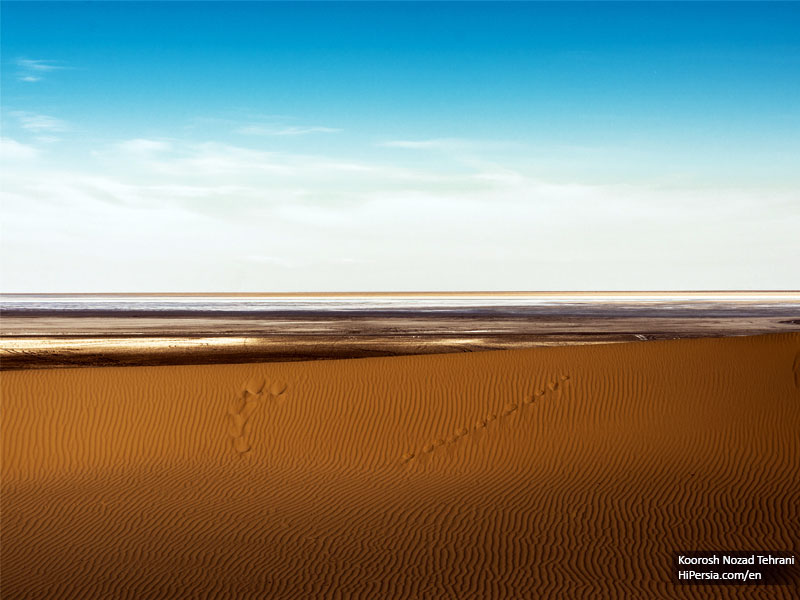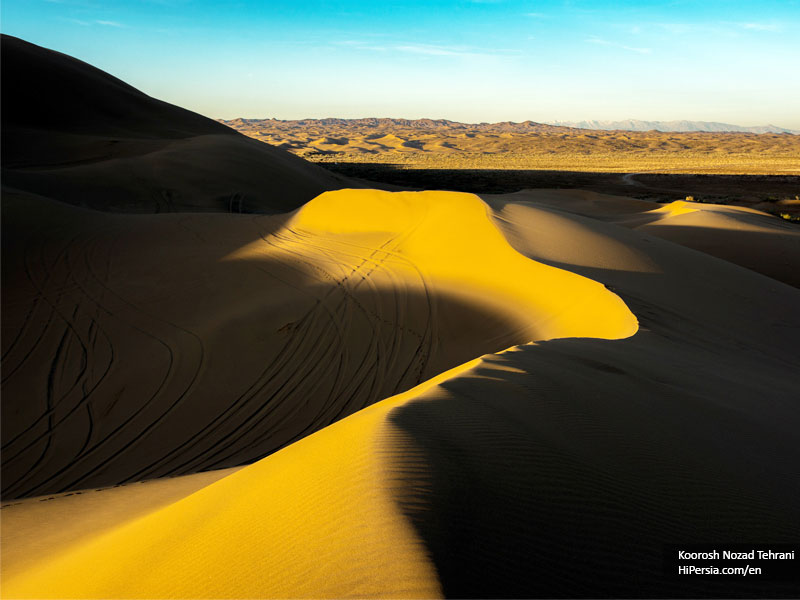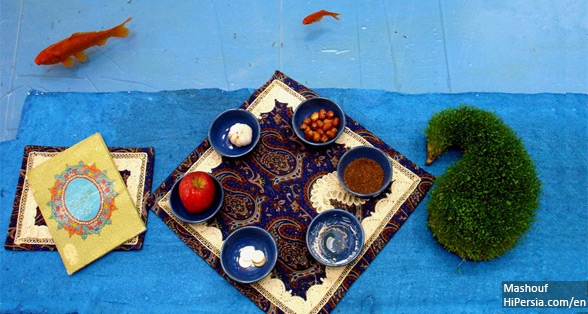




Dasht-e Kavir Desert, central desert, or Great salt desert is a vast desert, located in the heart of Iran's plateau, 300 kilometers from the east and southeast of Tehran province. The desert is about 800 kilometers long and 320 kilometers wide.
Dasht-e Kavir Desert, central desert or Great salt desert is a vast desert, located in the heart of Iran's plateau, 300 kilometers east and southeast of Tehran province. The desert is about 800 kilometers long and 320 kilometers wide, and its surface is covered by mud and salt marshes. A vast region of Iran's plateau is covered by the Dasht-e Kavir Desert, which is the widest and one of the most magnificent deserts in Iran. Dominating a wide range from the southeast of the Alborz Mountains up to the center of Iran and includes the following provinces: Kerman, Razavi Khorasan, Semnan, Yazd, Tehran, and Markazi Province. Kavir National Park, Khar Turan National Park, Bajestan Desert, Haj Aligholi Desert (Damghan), Maranjab Desert, Mesr Desert, Rig-e Jenn (devil's dunes), located in the Dasht-e Kavir Desert.


The approximate area of the Dasht-e Kavir Desert is more than 77,000 square kilometers, considered as one of the heat poles of the earth. By the day, The scorching heat of the desert, soar to over 50 degrees, and sometimes the temperature difference between day and night reaches 70 degrees Celsius. The Dasht-e Kavir Desert is covered with spectacular geological phenomena such as Namak Lake (Salt Lake) lies in the western part of the desert, salt domes, and dunes. Most of the desert surfaces are covered by vast quicksand. The desert vegetation is located in the margin of its quicksand that consists mainly of salt-tolerant plants (halophyte).





Over ten million years ago, the Dasht-e Kavir Desert was taken up by a Salt Lake that surrounded a small territory, located in the center of Iran. After the lake dried up, a layer of salt in the thickness of 6 to 7 kilometers was formed in this area and buried under a thick layer of mud, but the density of the salt is less than mud and rocks. So, this element gradually pushes its upper layers and eventually penetrates the sediments over millions of years and formed fascinating salt domes on the surface of the desert. The salt domes of the Dasht-e Kavir Desert are among the best examples of this geological phenomenon around the world. About 50 salt domes, identified by geologists in this area, some of them, have been eroded exposure to the wind and rain. The Dasht-e Kavir Desert is almost deserted, due to the harsh weather conditions, uncultivated soil, and the human settlements, limited to scattered oases in the surrounding mountain ranges. In the mountainous areas, several species of wild animals such as wild Sheep, Camel, Goats, Persian leopard, and Asiatic cheetah live.

![]() Read More About Iran deserts:
Read More About Iran deserts:






